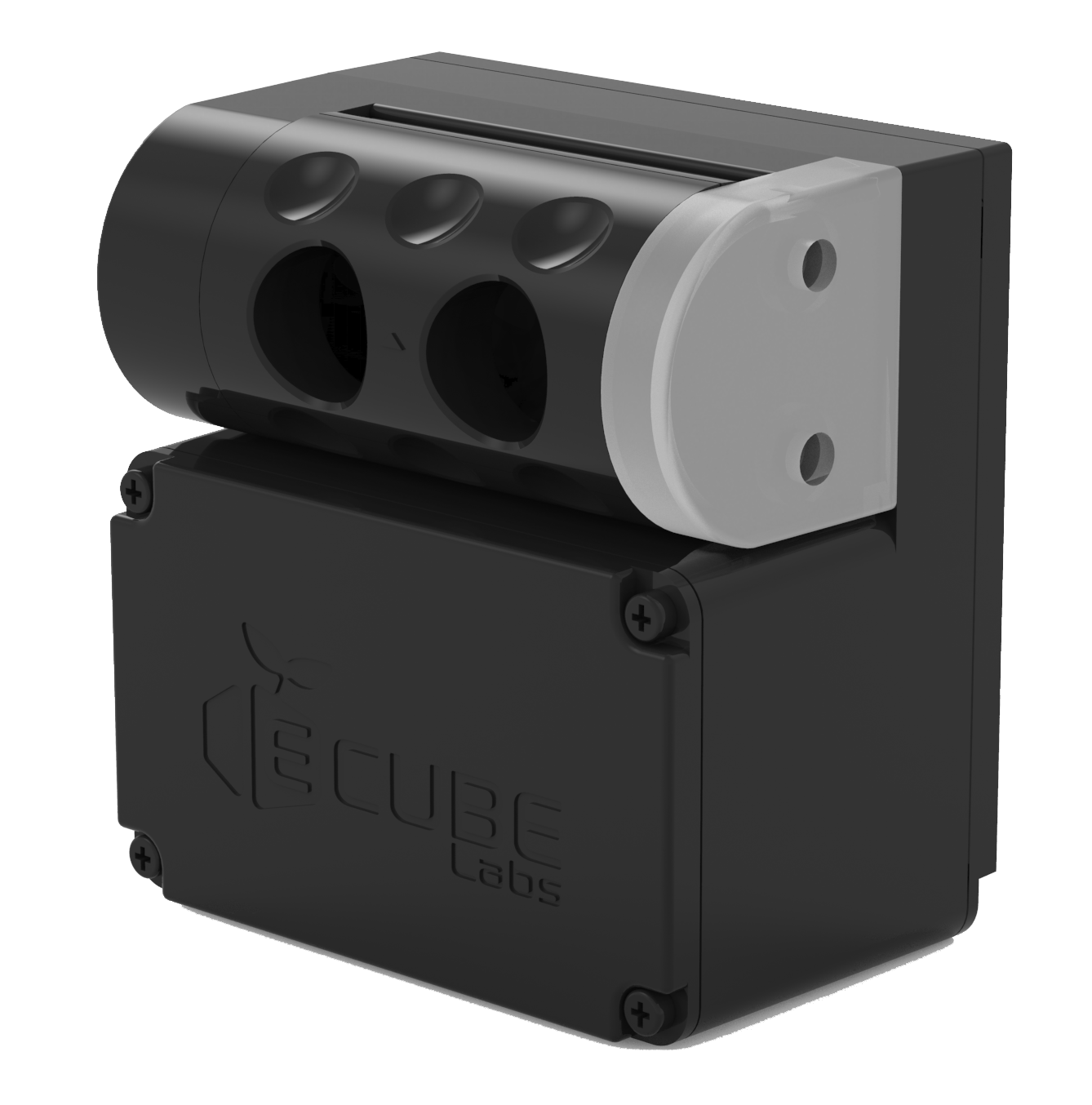 As a growing number of municipalities and waste management companies are installing IoT-based fill-level sensors to their waste containers in order to achieve savings through real-time monitoring and optimized collection routes, you might be wondering if the sensors could boost your collection efficiency, as well.
As a growing number of municipalities and waste management companies are installing IoT-based fill-level sensors to their waste containers in order to achieve savings through real-time monitoring and optimized collection routes, you might be wondering if the sensors could boost your collection efficiency, as well.
While there is no definite answer to the question of how much money the solution will save you compared to the costs, our experiences have shown that fill-level sensors are capable of increasing operational efficiencies by up to 50%. However, not all waste containers have an equally high potential for cost reduction.
In order to evaluate whether or not the solution could fit your needs, have a look below to understand the different variables that play a role in the optimization of waste collections through remote fill-level sensing.
Bin location
The more far apart or remotely located your containers are, the better. Simply imagine driving half an hour to check whether a bin has become full, and you are greeted by a nearly empty container. By attaching a fill-level sensor to the container, you could check the situation remotely and perform a collection only when the bin is actually full.
Ease of access
If gaining access to the container to check the fill-level is troublesome, you might be better off checking the situation remotely. Examples of containers with difficult access include underground dumpsters, septic tanks, oil tanks, and water towers.
Filling pattern
If your containers’ filling patterns are static or easily predictable, you might find it very difficult to achieve savings through fill-level sensors. The more versatile and unpredictable the filling patterns are, the more sense it makes to monitor the containers remotely to ensure timely collections and to prevent waste overflows.
Waste type
The containers with the highest potential for operational cost reduction using fill-level sensors typically hold non-decomposable waste materials, allowing collections to be postponed until the containers are at least 90% full – even if it takes several weeks.
Container size
As long as the waste material is non-decomposable, a large container provides much greater potential for cost reduction compared to a small bin. Using Ecube Labs’ ultrasonic technology, the maximum depth for fill-level detection is 4 meters.
Material value
The higher the value of the collected waste material, the more sense it makes to monitor the container’s fill-level and location remotely in order to ensure the recyclables are safe. Examples of high-value waste materials include electronic waste, clothes and textiles, and secure documents. In the event of theft, the software will send you an automatic push notification.
Regulations
Collecting strictly regulated and hazardous waste is expensive and therefore ideal for fill-level monitoring. However, if your local government requires you to collect containers at a certain time-frequency, utilizing fill-level sensors can be impractical.
